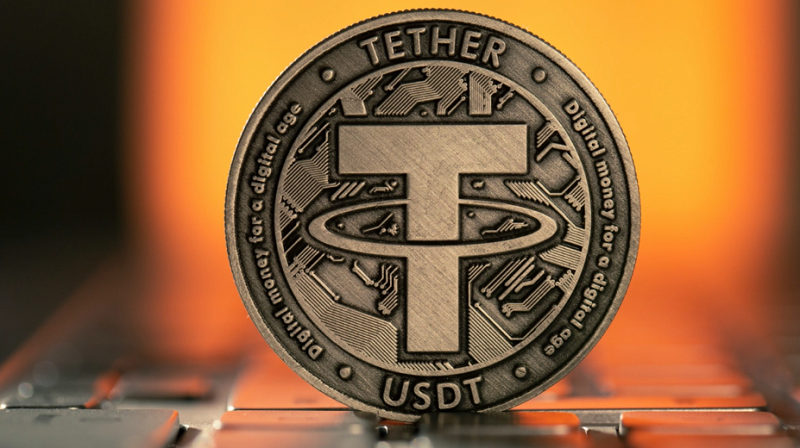Tether (USDT), the world’s largest stablecoin, saw its total supply fall sharply this month by $9.11 billion as more investors traded the token in for dollars. This is as a result of investors’ worries about Tether’s backing as the stablecoin has lost its peg twice in the last week.
The concerns about the backings of stablecoins, in general, come as a result of the crash in UST, the failed native programmable stablecoin of the Terra blockchain which now trades below 10 cents as of the time of this writing. This was caused by a bank run by investors who reacted to the drop in the general price of the crypto assets backing the stablecoin, including Bitcoin.
USDT has in the past, had its backing questioned, especially last year when Bloomberg released an article titled, “Where is Tether’s Billions?” Due to the fall of UST that is causing a panic in the market, the token is under extreme selling pressure from the ongoing market crash.
What you should know
- With UST’s crash bringing fresh scrutiny to stablecoins, calls are growing for Bitfinex, which operates USDT, to provide more details over its reserves backing the token.
- USDT has also spent nearly 10 days trading below its $1 peg, according to data from CoinMarketCap. It is currently trading at $0.9989.
- The bulk of USDT’s reserves is made up of commercial debt notes. But the organization has declined to reveal exactly what debt notes it holds. Bitfinex is also yet to conduct a full audit of its USDT reserves.
- When pressed about the firm’s reserves, Bitfinex Chief Technology Officer Paolo Ardoino recently said that the firm had comfortably redeemed $7 billion worth of USDT in 48 hours.
- The firm also cites its track record at maintaining USDT’s peg as the main reason why it will be able to continue doing so. However, this has raised questions about dwindling reserves, especially in the face of rising redemptions.
- Concerns over stablecoin backings, in general, have also pushed traders towards other stablecoins, such as Binance’s BUSD and Circle’s USDC.
- In the same period, USDC has added approximately $3 billion while BUSD has added approximately $730 million, suggesting that investors are more confident in these two tokens as opposed USDT.
May’s crash is not the stablecoin’s first market upset. USDT has survived several instances of extreme market duress since its inception, including a major crypto rout in 2018, as well as the COVID-induced crash of 2020. Both instances had seen a majority of crypto market value being wiped out. But USDT was able to persevere.















.gif)






